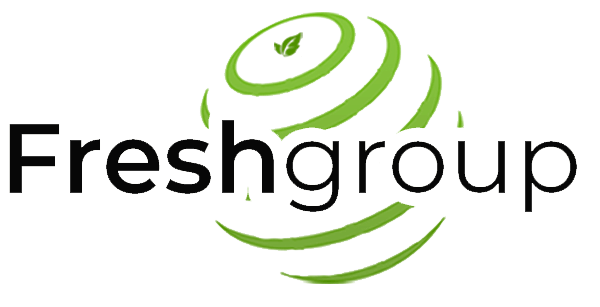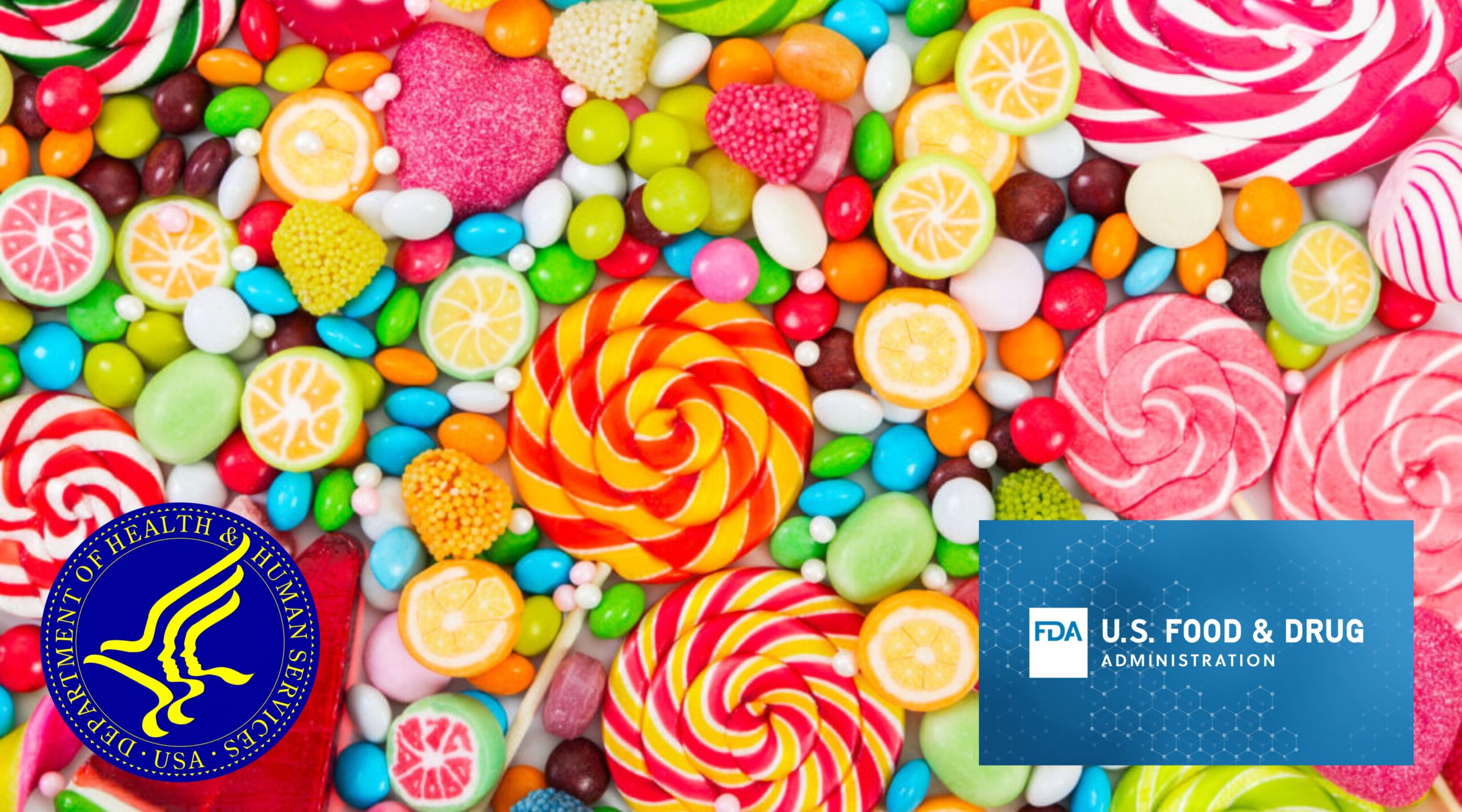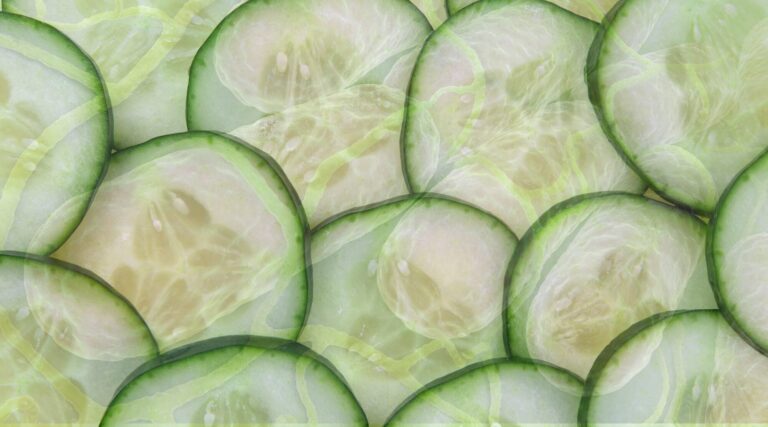In a groundbreaking move toward a healthier nation, the U.S. Department of Health and Human Services (HHS) and the U.S. Food and Drug Administration (FDA) have announced a bold initiative, which is the complete phase-out of petroleum-based synthetic food dyes from the American food supply. This decision marks a major step forward under the broader Make America Healthy Again campaign, aiming to restore trust, transparency, and safety in our food system.
What’s Changing and Why It Matters
For decades, brightly colored foods from cereals and candies to beverages and snacks have been tinted using synthetic dyes derived from petrochemicals. While these dyes have added visual appeal, growing scientific evidence has linked them to potential health risks, especially for children. These risks range from behavioral issues like ADHD to long-term concerns around chronic diseases.
Recognizing these food safety dangers, the FDA is implementing the following critical actions:
- Setting a National Transition Plan: A timeline and standard will be established to guide the food industry in shifting from synthetic dyes to natural, plant-based alternatives.
- Targeting Two Hazardous Dyes First: The FDA will soon begin the process of revoking authorization for Citrus Red No. 2 and Orange B, two synthetic dyes with known health concerns.
- Full Phase-Out of Six Common Dyes by Next Year: These include:
- FD&C Green No. 3
- FD&C Red No. 40
- FD&C Yellow No. 5
- FD&C Yellow No. 6
- FD&C Blue No. 1
- FD&C Blue No. 2
- Welcoming Natural Alternatives: Four new natural color additives will be approved in the coming weeks, with the FDA accelerating the review of others like butterfly pea flower extract and gardenia blue.
- Scientific Collaboration for Health: In partnership with the National Institutes of Health (NIH), the FDA will conduct in-depth research into how food additives affect children’s development and overall health.
- Accelerated Action on FD&C Red No. 3: Food companies are now being encouraged to eliminate this dye well ahead of the original 2027–2028 deadline.
Voices Behind the Decision
HHS Secretary Robert F. Kennedy, Jr. was very clear with his words:
“For too long, some food producers have been feeding Americans petroleum-based chemicals without their knowledge or consent. These poisonous compounds offer no nutritional benefit and pose real, measurable dangers to our children’s health and development. That era is coming to an end.”
He emphasized that this shift is about more than regulation—it’s about restoring science-based decision-making and rebuilding public trust.
FDA Commissioner Dr. Marty Makary added:
“Today, the FDA is asking food companies to substitute petrochemical dyes with natural ingredients for American children—as they already do in Europe and Canada. We have a new epidemic of childhood diabetes, obesity, depression, and ADHD. We should not be taking risks when safer, healthier alternatives exist.”
What This Means for Food Manufacturers and Consumers
Food companies will now need to innovate—formulating products with natural colors that meet consumer expectations while complying with new regulations. But the FDA isn’t just demanding change; it’s also offering support. The agency will issue guidance and regulatory flexibilities to ease the transition.
Meanwhile, consumers—especially parents—can look forward to more transparency, safer ingredients, and a food supply that prioritizes health over aesthetics.
A Healthier Future on the Horizon
As the FDA works closely with researchers and the food industry, this shift away from synthetic dyes represents a landmark moment in public health. It’s a move that aligns U.S. food policy with global standards and reflects growing awareness of how everyday food choices can affect lifelong wellness.
Stay tuned as this transformative policy unfolds—because what’s on your plate matters more than ever.
Source: FDA News
Reach out to Fresh Group Food Safety And Quality Consulting for any inquiries related to food quality and safety.




